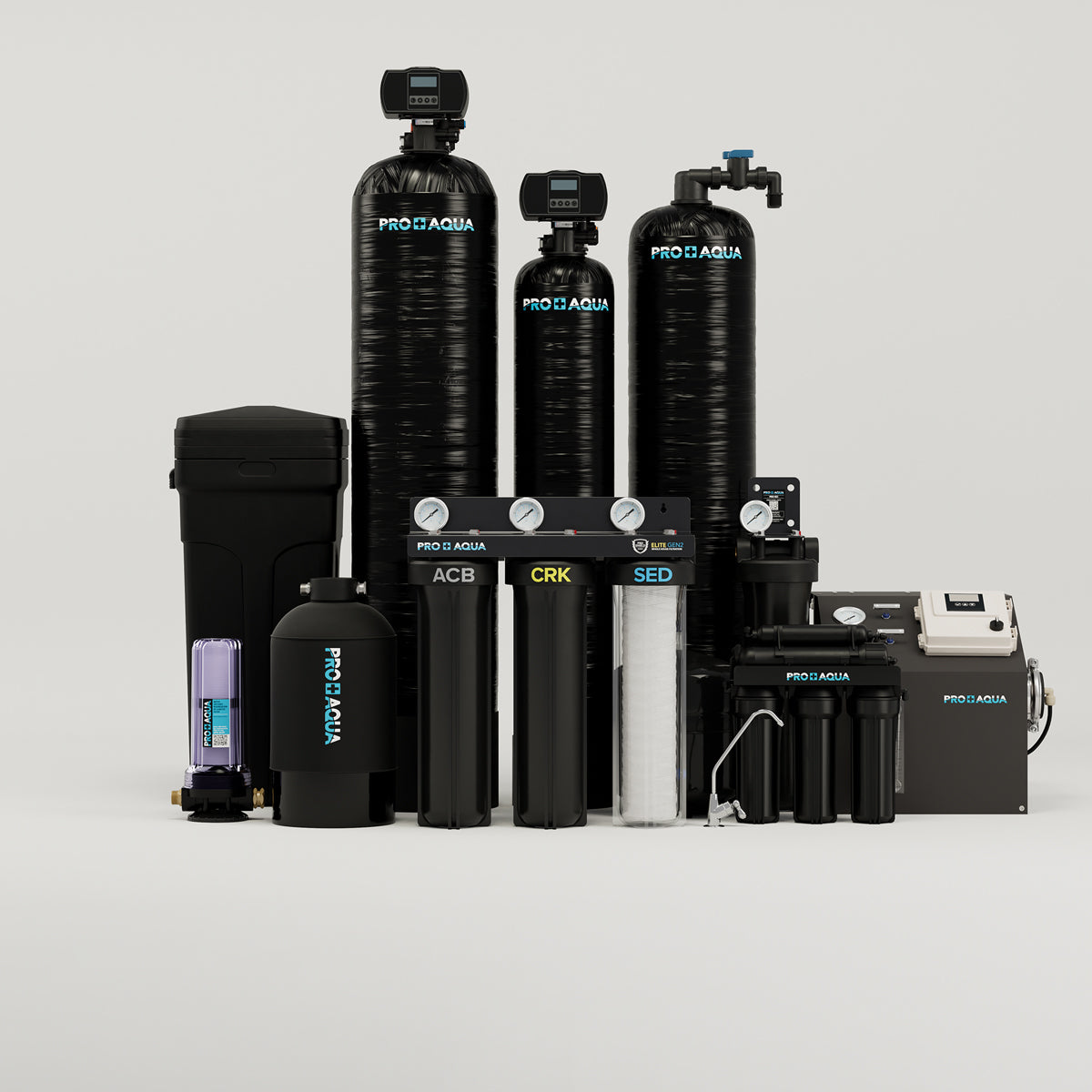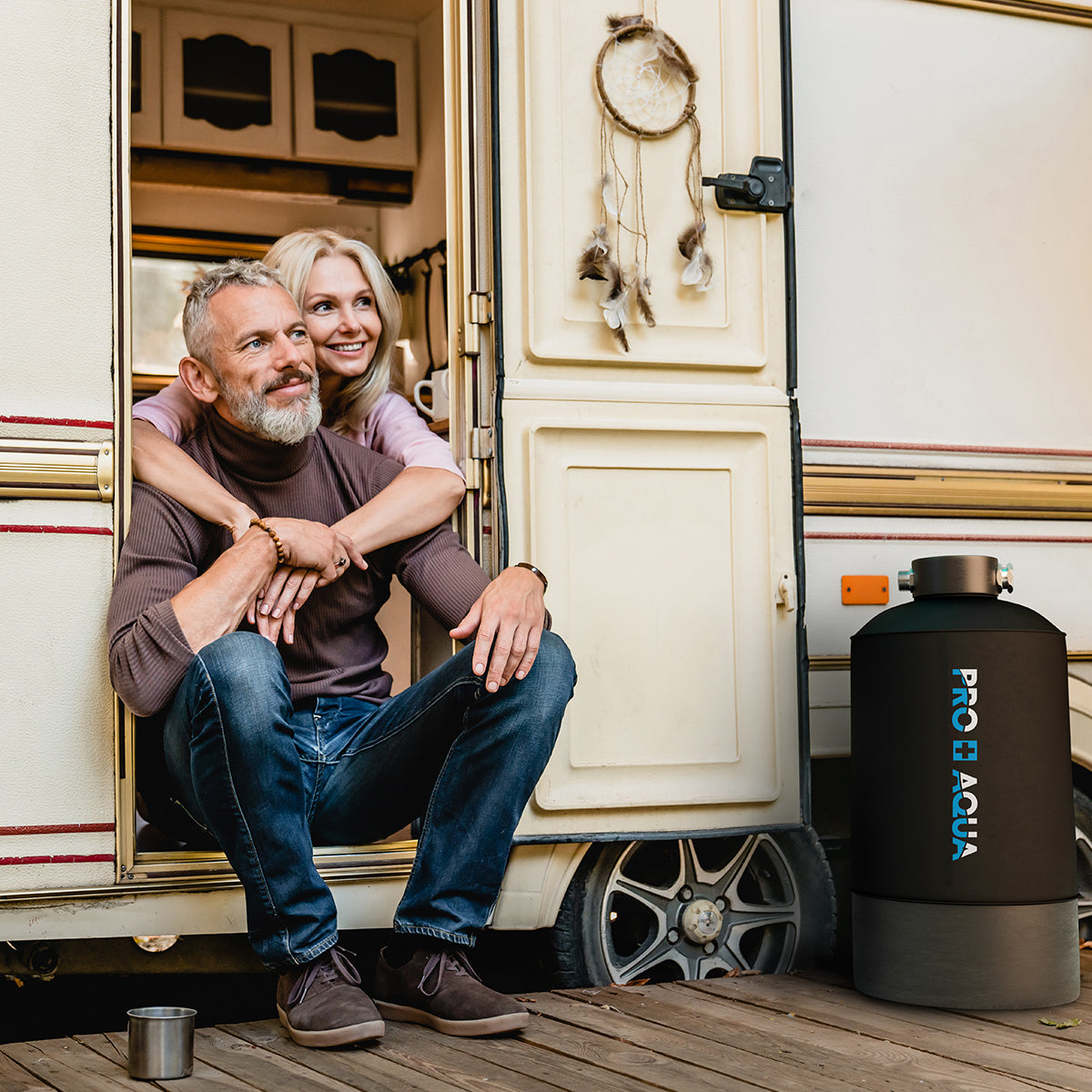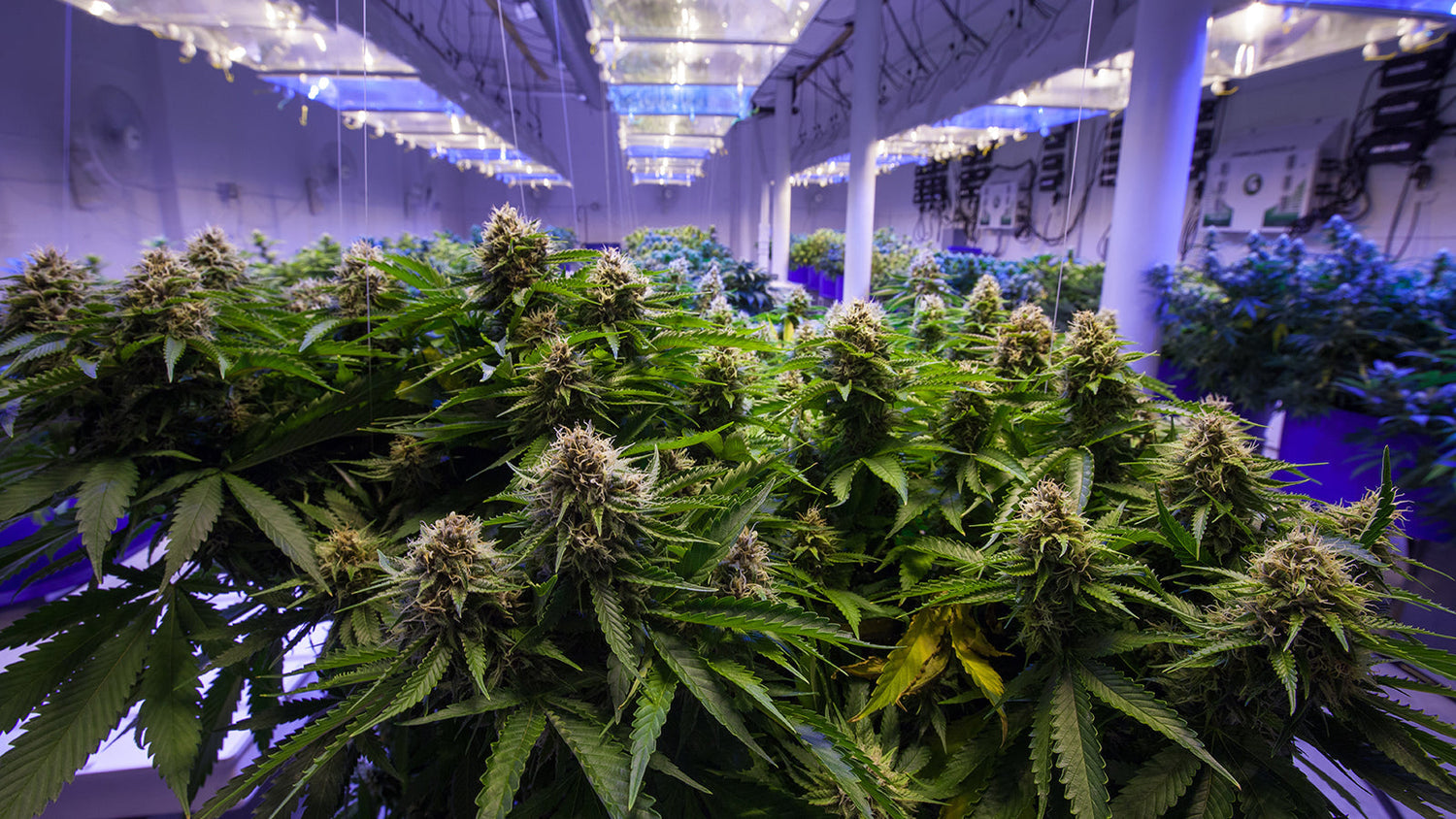Plant growth is dependent on many factors, including water quality. In the cannabis production industry, water quality – or the lack thereof – can spell the difference between success and failure.
A type of cannabis agriculture known as hydroponics is so dependent on the water profile, or the type and amount of dissolved minerals in the water, that growers are increasingly turning to reverse osmosis systems to ensure healthy cannabis growth.
Despite its advantages for growers, there exists some debate on whether reverse osmosis is really necessary to get healthy growth and superior yields in cannabis production. In this guide, we will explorecommercial reverse osmosis hydroponics for cannabis growers.
What is Hydroponics?
Traditional farming uses the interface of plants and soil to spur growth. Hydroponics does away with soil entirely, instead using nutrient-rich water in which plant roots are suspended.
Cannabis farmers have used hydroponic systems for decades, giving them greater control over yields and growth cycles than in traditional cultivation practices.

What Are Hydroponic Weed Systems?
Unlike traditional farming, where soil provides nutrients and support, hydroponic systems for cannabis suspend plant roots in a nutrient-rich solution. By removing soil from the equation, growers gain precise control over the plant’s environment, boosting growth rates and yields.
A complete cannabis hydroponic setup usually includes these five essentials:
- Freshwater – filtered water that has been balanced according to the needs of cannabis plants. Growers can alter the acidity or alkalinity of water using solutions until the desired pH level is reached.
- Root support – because the plants’ roots are not anchored by soil, cannabis growers typically use some form of inert material to provide support. This material may include perlite, coconut fiber, vermiculite, or rock wool.
- Oxygen – in soil-based cultivation, plants get oxygen from the soil. Hydroponic systems duplicate this by oxygenating the nutrient-rich water in the system with an air pump or bubbler.
- Nutrients – in traditional cannabis cultivation, the soil and fertilizer provide nutrients to plants. In hydroponic systems, soil is not used, and nutrients are supplied to the plants by preparing a nutrient solution that is pumped through the system. Plant roots are bathed in this solution.
- Light – every plant needs light to grow and to mature. Hydroponic systems may use natural light or artificial lights that reproduce the sun’s spectrum. Indoor hydroponics growers can alter light cycles to encourage rapid growth, flowering, and maturity in cannabis plants.

Water Profiles in Cannabis Hydroponics
Most water supplies in the United States are classified as “hard” water, or water with excessively high levels of dissolved minerals. Hard water can cause skin irritation, clogged pipes, and unsightly stains on clothing and dishware.
Plants are also affected by hard water, leading to stunted growth and even the death of plants. While plants depend on certain minerals at certain concentrations for robust growth, the minerals in hard water are simply too much for cannabis to take.
Minerals are not the only substances lurking in water supplies. Dissolved salts, petroleum contaminants, agricultural runoff, and heavy metals may also be found in the water growers’ need to produce bumper crops of cannabis.
To ensure the right water profile – nutrient-rich water that is free of contaminants and containing the right amounts and types of minerals – commercial reverse osmosis hydroponic systems are used by growers.
Reverse Osmosis: An Overview
Reverse osmosis, commonly referred to as RO, is a type of filtration system where water supplies pass through a semipermeable membrane under pressure. Osmosis itself is a natural cellular process where dissolved substances migrate from solutions of high concentration to those of low concentration by passing through cell walls.
In a commercial reverse osmosis hydroponic system, the semipermeable membrane traps salts, contaminants, and certain minerals, allowing fresh water to be supplied to plant roots in the system. The wastewater trapped by the RO membrane is diverted away.
One area of contention is that RO systems are too efficient, stripping away all the minerals and salts plants need for healthy growth. In fact, straight RO-processed water delivered to a cannabis hydroponic system can deplete plants of critical calcium and magnesium.
Commercial reverse osmosis hydroponic systems for cannabis production are equipped with computerized controls, allowing growers to dial in the exact water profile they need. In other words, these systems allow some minerals and dissolved salts to pass to the roots of plants by metering processed and raw water through precision valves.
RO Cannabis Hydroponics Benefits
Control Over Nutrients: Stop fighting with inconsistent tap water. RO lets you create a consistent, predictable nutrient mix.
Healthier Plants: Fewer contaminants mean stronger root systems, faster growth, and bigger yields.
Protects Equipment: Cleaner water means fewer mineral buildups that clog pumps, pipes, and emitters in your hydroponic system.
Better Tasting, Higher Quality Buds: Clean water results in cleaner plants — many growers believe it improves the final flavor and potency.
Ready to take your cannabis production to the next level? Invest in a commercial reverse osmosis hydroponic system, giving you impressive control over the water and nutrients your crops need to flourish. These systems are efficient, accurate, and boast a high processing capacity for superior service.








Leave a comment
This site is protected by hCaptcha and the hCaptcha Privacy Policy and Terms of Service apply.